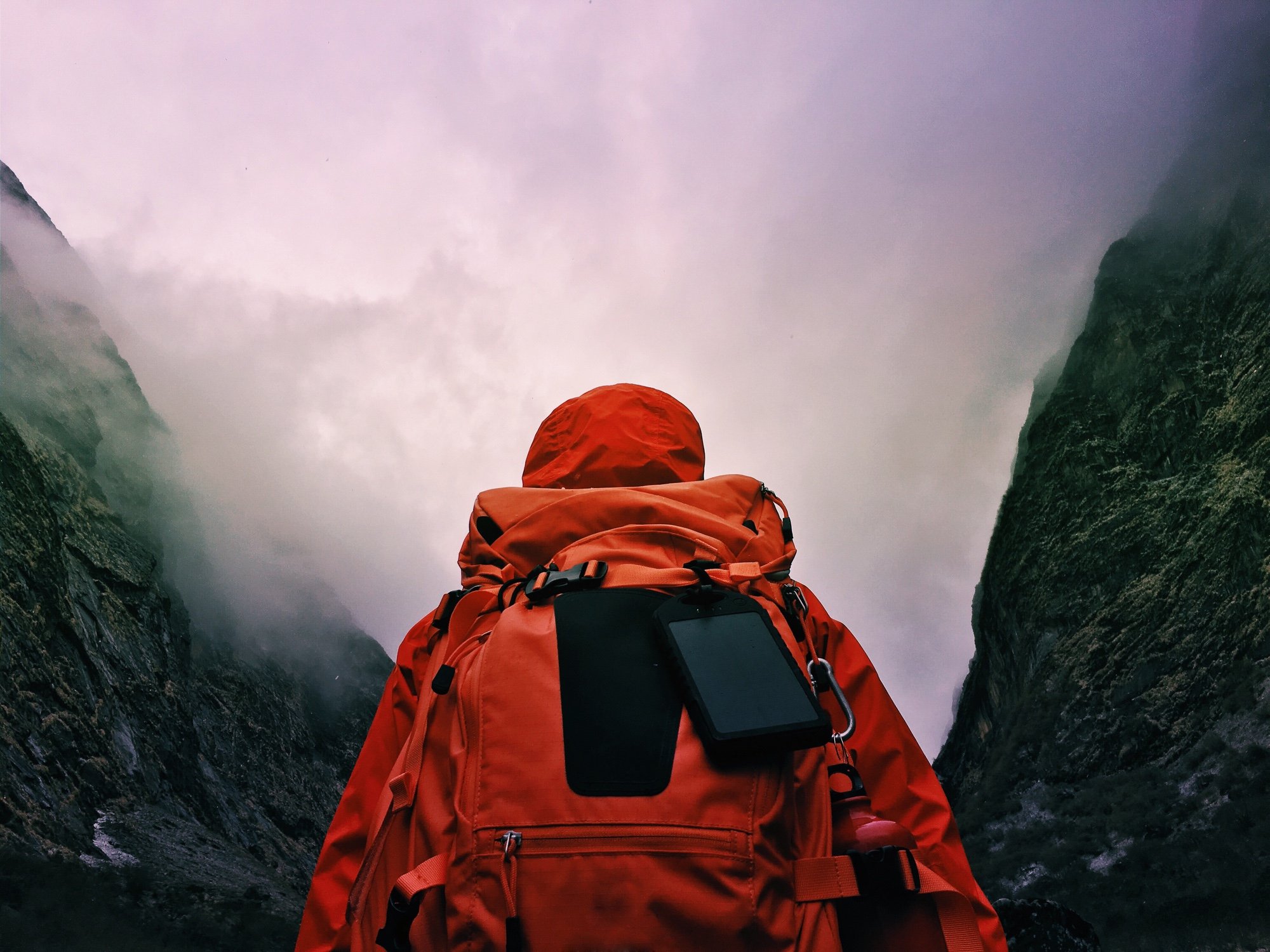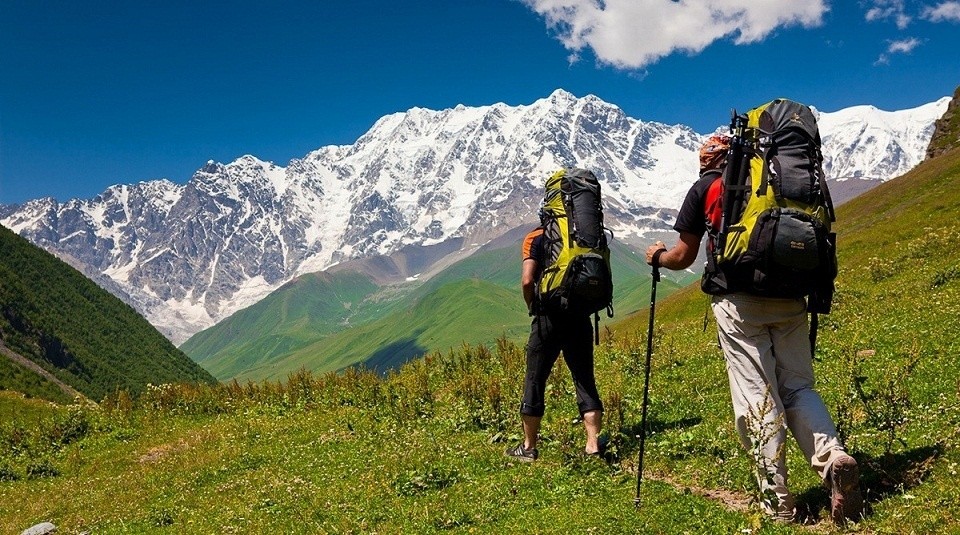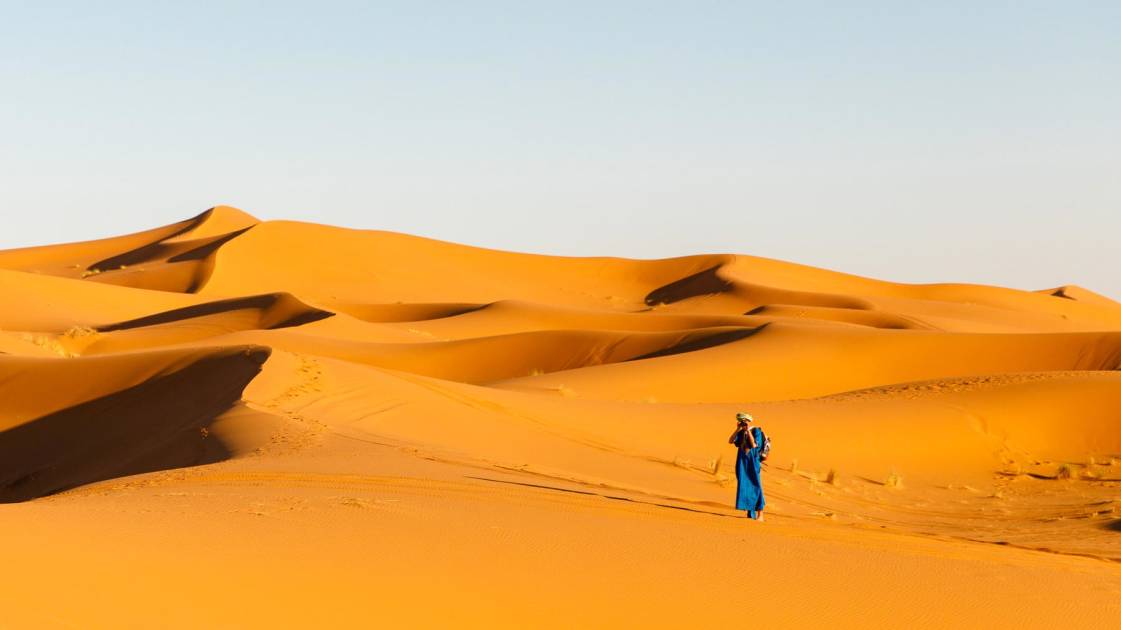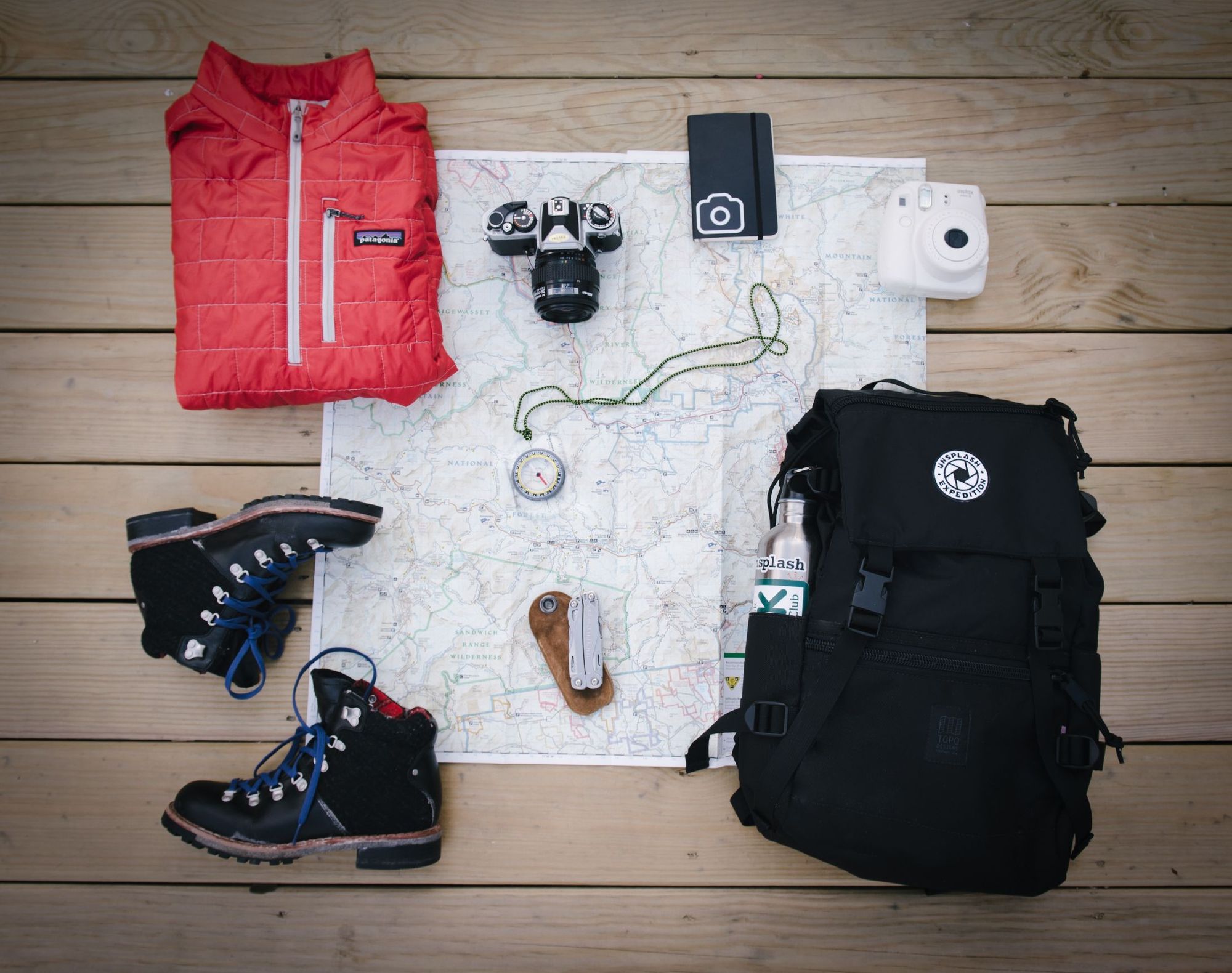So you’ve booked your first really big adventure. One that’s going to see you cross the Sahara, go trekking around the highest mountains in the world in Nepal, raft through Europe, tackle the Arctic tundra, with a bit of wild camping and Atlantic surfing in between. In today’s world, it’s quite possible to access multiple climates in one day, let alone one trip.
Intrepid explorer Lee Karl Van Katwyk gives away some handy tips and tricks to pack sensibly and efficiently for your all climate trip...

Packing Tips for the All-Climate Adventurer
To the first-time adventurer, packing for a trip through our planet’s diverse and sometimes unpredictable weather systems can seem like a daunting, if not unimaginably impossible task. How can you fit all that clothing and gear into a single backpack? Especially one you’re able to move.
Packing for an all-weather trip is somewhat of an art form, encompassing a little science that must all be mastered to stay comfortable and, most importantly, alive – no matter which season you stumble into.
First and Foremost: The Rucksack

This is where it all begins, and for the uninformed, where a critical first mistake is made. Just because you’re going on a big trip does not mean you should buy the world’s biggest backpack. Everything you need for months of rain, shine or sleet can and should fit inside 50 litres of space, or less. In the next few paragraphs, I'm going to explain how.
But first and foremost, focus your attention around the 50L mark, looking at what different storage/organisational options are available. Personally, I always seek-out straps on the side, front, and undercarriage, for attaching my tent, stowing a yoga mat, or securing every worldly possession I own to the rails of a rolling ship.

Another incredibly useful feature is a detachable lid which transforms into a day pack complete with shoulder straps. Perfect for leaving bulky apparel at your mountain peak refuge while you head out for a quick spin.
Maximise Space: Pack Smart
The term ‘dead space’ refers to empty pockets of air in the backpack that must be fully eliminated to maximise space. Think about shoes; all that dead space meant for your feet needs to be packed with something, like socks and undies, which will help keep their shape and allow you to pack more overall. Make-up kits, toiletry bags, first aid boxes, can all quickly add to wasted dead space and may need to be repacked into homemade, travel-friendly pouches.
A top tip for maximising your spatial capabilities is to start with a layer of tightly rolled and well-packed clothing at the base of your bag. Any awkwardly shaped and heavier items, like camera containers/hiking boots, should be fit Tetris style atop your first layer cushion before more rolled clothes are stuffed in around them. Once the pack has been fully layered, visually and tangibly check the outside to see that it is uniformly shaped with no dead space dents.
When you’re heading out hiking, whether with the main or day pack, arrange your items in the order you’re most likely to need them. Heading out into sunshine but feel the weather is likely to take a turn for the worst? Keep those extra layers easily accessible. There’s nothing worse than having to empty out every packed possession during a rainstorm just to find your coat as the downpour ends.
Minimise Clothing: Perfect Your Layering
Any seasoned traveller worth their salt will note the importance of clothing layers. Apparel that works together in blocking the wind or snow and can be easily removed when the sun returns.
Your torso’s base layer should be a snug-fitting (not too baggy, not too tight), long sleeved, polyester or silk shirt; two materials that allow sweat to evaporate easily, unlike cotton which holds moisture making you wet, followed quickly by cold. The second layer, again not too baggy or tight, is going to be your warmest layer. Like a fleece, sweatshirt or jacket. Finally, a water/windproof outer layer, best made of military grade materials like GoreTex and preferably with inbuilt sweat vents under the armpits to release moisture build-up.

Long johns, for wearing underneath trousers, give extra warmth and can be multi-purposed as pyjamas. Although perhaps not fashionable in most chic circles, pants with handy knee zippers that transform into shorts are immensely useful space saving layers. And, in a similar vein, so are short-shorts/speedos. It all comes down to where you’re willing to draw the line.
You might have heard the myth that almost half your body heat is lost via the head. In truth, recent experiments have shown that heat loss is proportional to the skin surface area of that body part – which for an average head is approximately 7-10%. So, bear in mind it’s important to protect your entire body while tackling extreme cold weather conditions.
Gizmos – Don’t Bite : Electronics and Modern Technology
Every year the adventure industry is inundated with all manner of gimmicky gadgets and gizmos. Many of these travel-inspired inventions are, quite frankly, useless. Heat coil shirts, portable travel irons and nano press espresso machines have no place in the adventurer’s bag.
In the pursuit of packing perfection, to refine the artistry of minimising your world into a portable all-weather pack, you’ve got to pull any unnecessary technical products from the inventory. All but the hardiest electronics gear will quickly break after being shoved in a backpack and thrown into a bus, when temperatures plunge below neg 10, or a sandstorms clogs its circuitry.
That’s not to say that all new inventions of useless during an intrepid adventure. New materials capable of quick-drying, warming, and cooling are being developed to higher standards each year and make excellent additions to your minimalist bag.
If you’re looking to spend some extra money, think about stocking up with a survival pack; all-weather fire starters; signalling mirror; top-notch compass. Put together a custom adventure first aid kit, remembering to minimise dead space.
Ready to test out your new found packing skills? Have a browse of our adventure holidays to experience all sorts of climates around the world.


